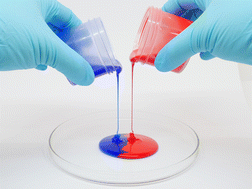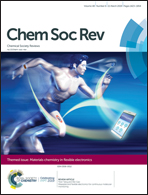How to tailor flexible silicone elastomers with mechanical integrity: a tutorial review
Abstract
The tutorial aims to equip the beginners in silicone research with the knowledge to formulate recipes and process elastomer networks, targeting specific properties related to soft applications such as stretchable electronics without compromising the mechanical integrity of the elastomer. In doing so, we hope to stimulate further research in the area of tailor-made soft silicone elastomers for novel applications and allow researchers to bypass the limitations imposed by the use of commercially available silicone elastomer formulations. Silicone elastomers are widely used due to the favourable properties, such as flexibility, durable dielectric insulation, barrier properties against environmental contaminants and stress-absorbing properties over a wide range of temperatures ≈ −100 °C to 250 °C. For research on flexible electronics and other emerging technologies, the most commonly utilised silicone elastomer formulation is Sylgard 184 which is easier to process than most other commercially available silicone elastomers, due to the fact that the premixes have low viscosity. Furthermore, curing is robust and not as sensitive to poisoning as other silicone elastomer formulations. However, Sylgard 184 is not suitable for all fields of research that require flexible and stretchable silicones. When much softer networks are needed, the Sylgard 184 premixes are either mixed in non-stoichiometric ratios, or they are blended with softer types of commercially available elastomers, which compromise the mechanical integrity of the elastomer. Therefore, it is advantageous for researchers to formulate their own custom-made silicone elastomers and not depend on premade formulations which often harbour a few unknown components.

- This article is part of the themed collection: Materials chemistry in flexible electronics


 Please wait while we load your content...
Please wait while we load your content...